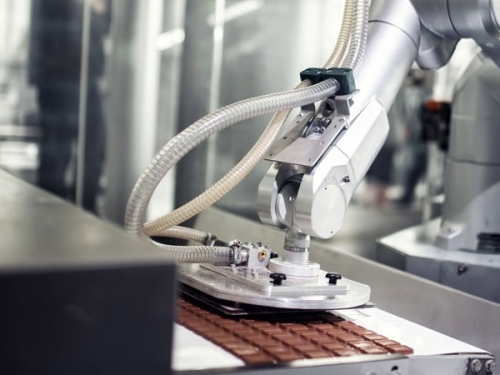
Industrial robots are a crucial component of automation technology, playing a significant role in modern manufacturing processes. These robots are used for tasks such as performing repetitive tasks, carrying heavy loads, working in hazardous environments, and increasing productivity. However, there are many interesting details about industrial robots that are not widely known.
History of Robots: The roots of industrial robots can be traced back to the early 20th century. The first industrial robot, called Unimate, was used in the United States in 1961. It consisted of an arm used to transport automobile parts in a General Motors factory. This event popularized the use of industrial robots.
Humanoid Robots: Industrial robots are often designed to resemble the human body. This allows robots to mimic human movements and potentially replace human workers. Humanoid robots are commonly used in complex assembly processes and delicate operations.
Robots Enhancing Flexibility: Traditional industrial robots are programmed to perform specific tasks and often have limited flexibility. However, the latest generation of industrial robots has more flexible and programmable features. These robots can sense their environment using sensors and artificial intelligence, adapting their tasks accordingly.
Collaborative Robots: Industrial robots typically cannot share the same workspace as humans and cannot directly interact with them. However, collaborative robots (cobots) can work safely with humans. Cobots collaborate with humans in the same environment to perform tasks. This enhances human-robot collaboration in manufacturing processes.
Safety Measures: The use of industrial robots can involve certain risks, making safety measures essential. Industrial robots are typically equipped with safety sensors that can detect and stop in hazardous situations. Additionally, it is important for humans working with robots to receive proper training and use appropriate protective equipment.
Industrial Robots and the Workforce: The proliferation of industrial robots has raised concerns about potential job losses. However, studies indicate that industrial robots actually complement the workforce. The use of robots enables humans to focus on more complex tasks and increases productivity.
Industrial robots are a vital and evolving technology in today's manufacturing processes. With advancements in technologies like artificial intelligence and automation, the capabilities of industrial robots continue to improve. This suggests that industrial robots will become even more widespread in the future and take on a greater range of tasks.